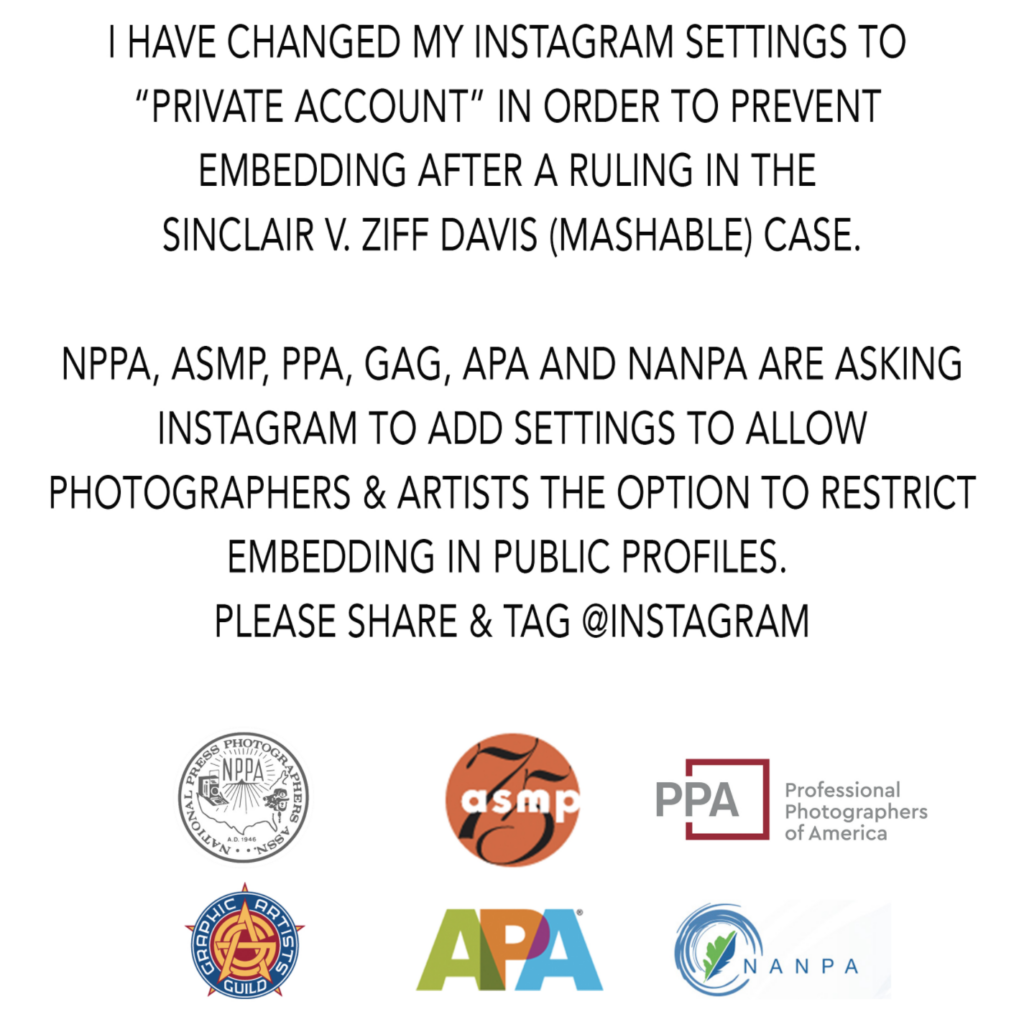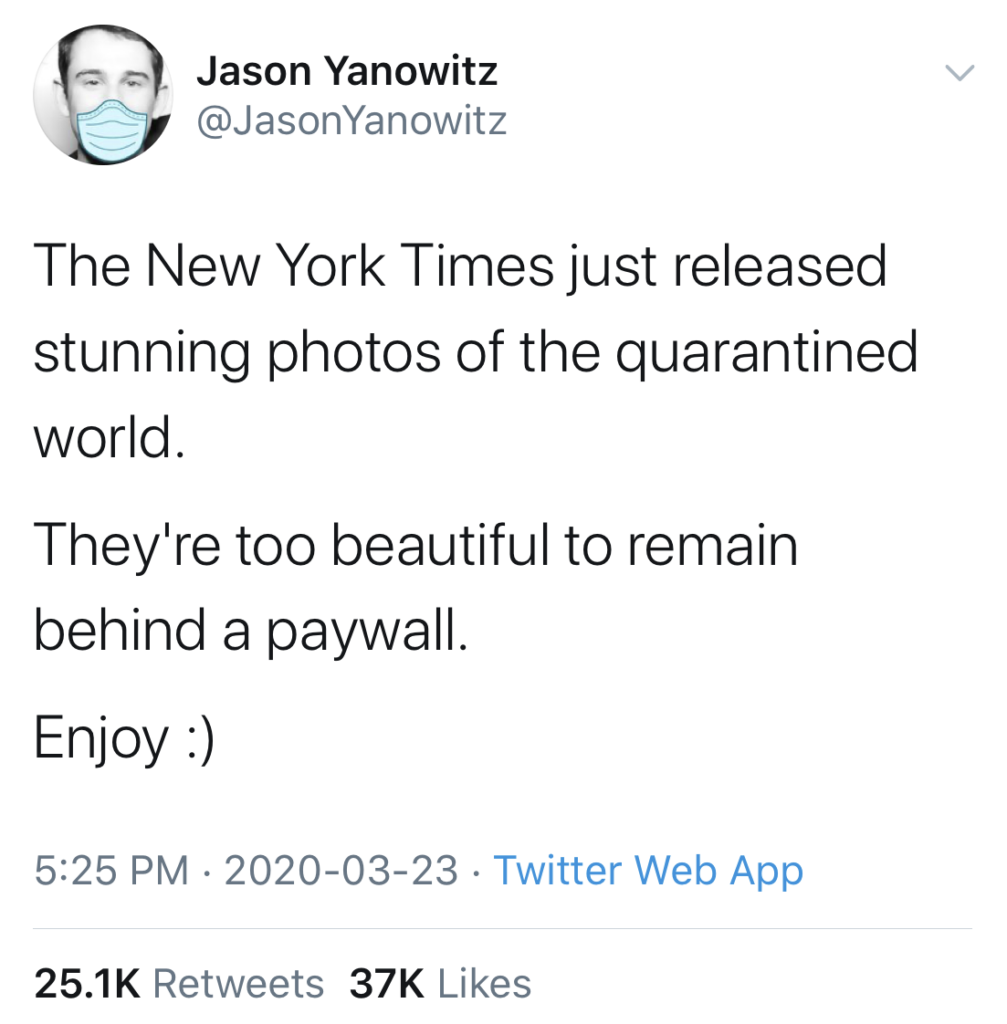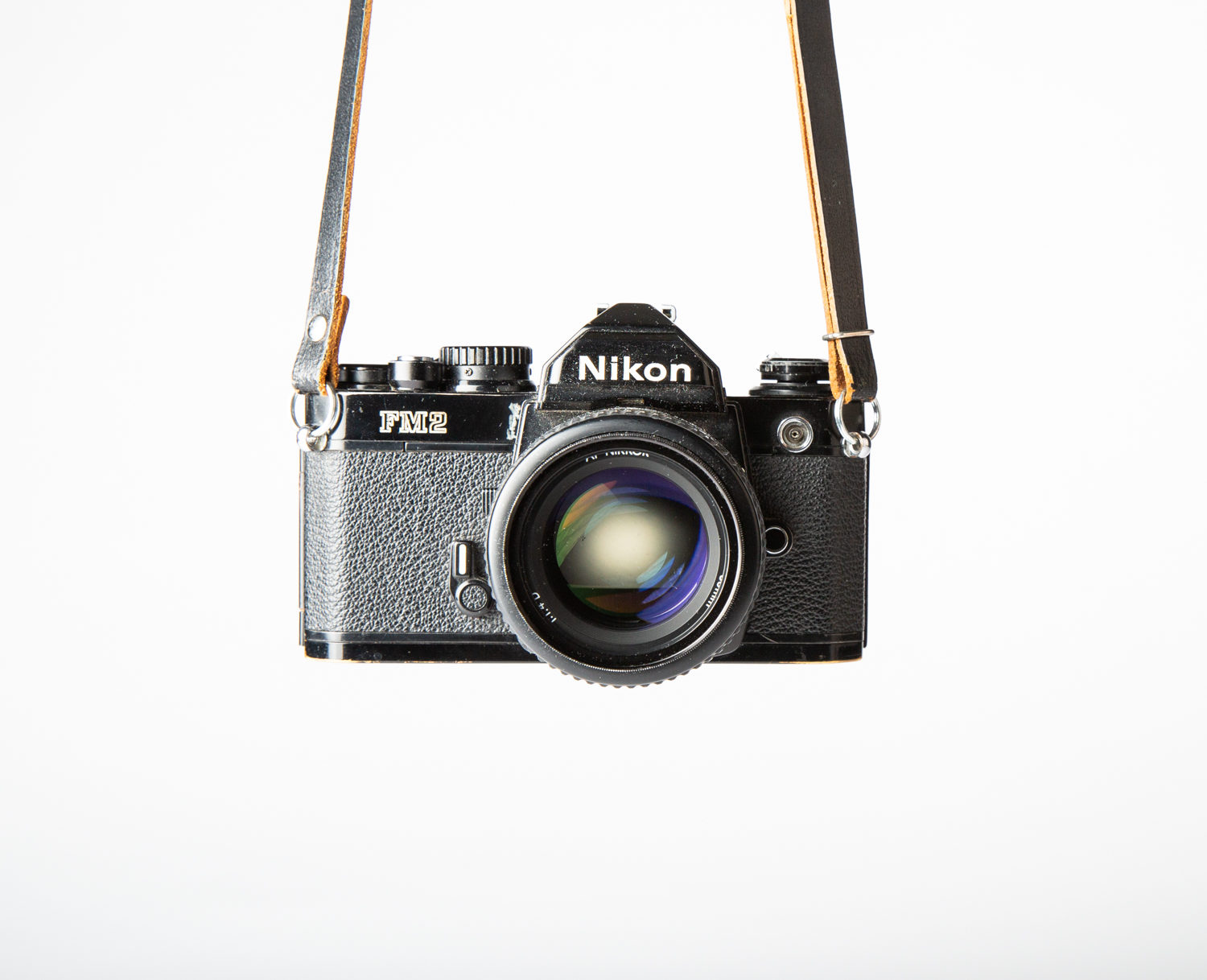How Instagram court ruling hurts photographers and content creators
Many photographers — including myself— have had their work infringed upon and republished without permission or attribution. Often, a photograph is shared by someone who unknowingly infringes on the work. It’s a matter of patiently educating them on basic copyrights without burning a bridge. These are difficult conversations to have, especially when so much of our work as freelancers depends on word of mouth and being “likeable.” Though it is obvious that everyone has bills to pay, it is not immediately obvious to the general public how photographers make their money. And while the common counter-argument is that artists can receive “exposure” by having their work featured somewhere, every artist will tell you they cannot pay their bills through exposure.
In April, a New York court ruled that by publishing to Instagram, a photographer gave up her exclusive licensing rights to her photo. The photographer in this case, Stephanie Sinclair, has had work appear in publications such as New York Times Magazine and National Geographic.
Mashable — the website that published Sinclair’s photograph without her consent — had originally offered her US$50 to license her photograph of a mother and a child in Guatemala on its website in 2016, which she declined. A fee like this is well below industry standard. Licensing at Getty Images, for example, starts at $150 per image or US$211 for Offset, a subsidiary of Shutterstock. However, most of the images in these catalogues are royalty-free and not usually from a body of work that is the pinnacle of the photographers’ careers. For an artist’s best work, an editorial site like Mashable, with an average of 17 million page views per month, the suggested rate is $600-$1,340 according to Getty’s image licensing calculator.
Like many in the creative fields, photographers rely in part on licensing fees to support their livelihoods. In recent years, with declining editorial budgets for assignments and the steady elimination of staff positions in publications and wires, editorial photographers such as Sinclair have had to pivot and find supplementary income streams elsewhere. This could include leading workshops, leading photo tours, creating corporate and commercial work, licensing stock photography, selling prints and selling editing presets. For many photographers, incomes will be affected without licensing as a revenue stream. And if photographers are unable to support themselves from their work, how can they continue to create work that both informs and entertains, and inspires and educates?
Though it has been common (but problematic) for photos to be reposted online without proper attribution or compensation for many years now, this ruling sets a dangerous precedent for photographers worldwide who rely on selling their work to sustain themselves. The ruling establishes that all content posted on the popular social media site can theoretically be republished by embedding onto another site without compensation to the original creator.
A number of professional photography associations such as the National Press Photographers Association (U.S.), Professional Photographers of America, American Society of Media Photographers, North American Nature Photography Association and American Photographic Artists have lobbied Instagram to change its rules. It has also prompted photographers to change their account settings to private.
Jointly, the NPPA, ASMP, PPA, APA, NANPA and the Graphic Artists Guild have released a statement and are encouraging photographers to change their settings to private and update their Instagram bios, explaining why they have changed their settings to private .
“We recommend that you include a brief statement to your ‘bio’ that explains why. Your bio is limited to 150 characters, but our recommended language below is only 85 characters: Account is private to block embedding of my images. Click ‘follow’ to request access,” it reads.
They have also created a downloadable “square”that photographers can use to explain why the settings are private.

Despite Sinclair declining Mashable’s offer, the website still went ahead and published her photo by embedding the photograph through Instagram. The photograph appeared in an article about female photographers who use their work to raise awareness on social issues.
In a perfect world, unless the licence is bought outright, artists should be able to take control of their work, including where it is published and at a fee that is acceptable to the artist.
In Canada, copyright is automatic upon the creation of a work. However, since the court ruling centred on Instagram’s Terms of Use, which grants “a non-exclusive, royalty-free, transferable, sub-licensable, worldwide licence to host, use, distribute, modify, run, copy, publicly perform or display, translate, and create derivative works of your content,” by continuing to publish on Instagram, photographers worldwide are affected by this court ruling that occurred in New York. Since being created in 2010, Instagram now has a near monopoly in social media on the photography world. To stay relevant in the photo industry means to publish work continually through its platform to show potential clients your work.
Recently, after The New York Times posted a popular photo essay showing the world under quarantine, a tweet with the caption, “The New York Times just released stunning photos of the quarantined world. They’re too beautiful to remain behind a paywall. Enjoy ☺” went viral. The post then continued into a thread that had screen captures of all of the photos that were featured in the original article. The original poster took the tweet down eventually, but not without members of the media shaming him online about posting the content and disregarding why the paywall was established in the first place – to pay its contributors.

Art devaluation is not limited to online; sometimes it hits closer to home.
A month ago, a friend of mine bought an apartment. She wanted to decorate her bare walls with art but didn’t want to purchase the high-resolution files off of the artist’s site that she would have to print herself. She wanted to print the web quality jpeg off of the website and asked me for advice knowing that I am a photographer. I told her that it was worth the expense to buy the files because the high-quality prints would be much nicer to look at on her wall than grainy printouts and that she would appreciate the beautiful art and her investment in the art in time.
As photographers, we cannot stop people from infringing our copyrights by printing our images. With the recent Instagram ruling, it is now unfortunately more difficult to take control of where our images appear and more difficult to ensure we are compensated fairly as working professionals who produce work that provides value to others. Photographers are now faced with a catch-22 situation, where setting their Instagram pages to private means fewer opportunities for potential clients to see their work, but remaining on public mode means no control of where the work appears and a possible infringement. We are asking Instagram to help by creating a feature that allows a public profile but disables embedding. Without pressure, Instagram will not change, because it has nothing to gain. Consent is just as valid and important when it comes to sharing work online. Instead of making it easy for publications and individuals to disregard consent and share work by embedding, we need to make it normal across the board to respect artists by paying them for their work and supporting them.
Jessica Lee is a photojournalist from Toronto, Canada. She is interested in stories about cultures, lifestyle, and migration. Her work has appeared in The Globe and Mail, The Toronto Star, and Toronto Life Magazine. You can see her work at www.jessicaglee.com.


